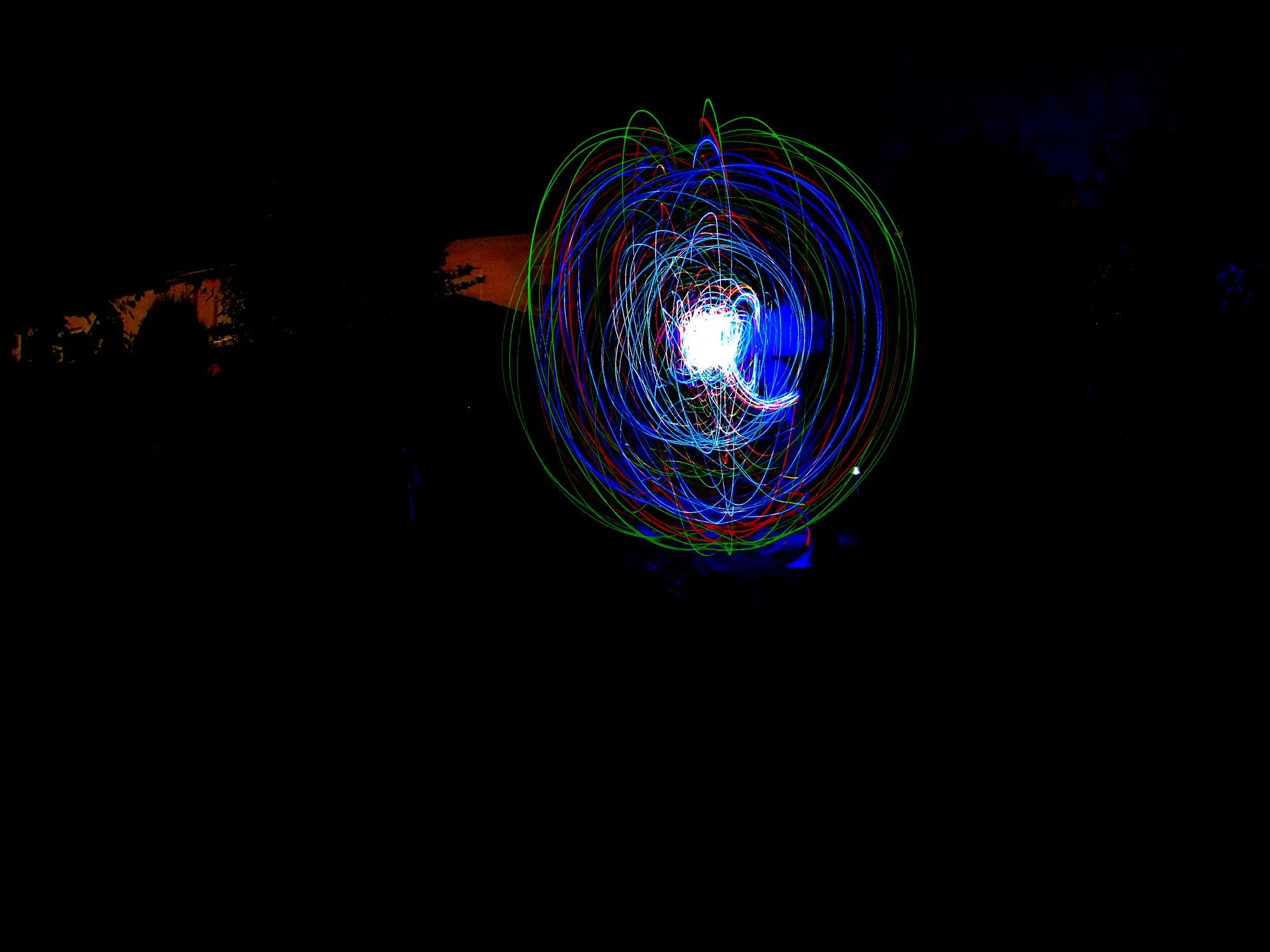In a groundbreaking study published in “Scientific Reports,” an interdisciplinary team of physicists from Beni-Suef University, Egypt, led by Ahmed Ashour and Ahmed Mehaney, has established a new standard for liquid and solution sensing technologies. The team has developed a one-dimensional porous silicon photonic crystal (PSi-1DPC) with ultra-high sensitivity, capable of detecting minute changes in the refractive indices of various solutions and liquids. This sensor, which operates within the 6.35 to 9.85 µm mid-infrared (MIR) spectral region, represents a significant leap in optical sensing with potential applications across numerous sectors including healthcare, environmental monitoring, and industrial process control.
The study details the exceptional properties of the novel metal/PSi-1DPC and provides comprehensive insights into the sensor’s working mechanism, which integrates Tamm/Fano resonances—a first in the area of PSi-1DPCs. The reflections spectra of these sensors, which have been meticulously simulated and calculated using the transfer matrix method (TMM) and the Bruggeman’s effective medium approximation (BEMA), are red-shifted towards higher wavelengths as the refractive index in the pores increases. The sensors were tested with various metals, including Al, Ag, Au, and Pt, atop their structure, each adding its unique touch to the Tamm/Fano resonances profile.
Out of all the configurations, the Ag/PSi-1DPC sensor showcased unparalleled sensitivity, reaching a peak value of 5018 nm/RIU with a quality factor of around 2149.27. These figures are not just mere numbers; they underscore the possibility of creating sensors with incredible precision and the potential to dramatically elevate the standards of substance detection across various disciplines.
DOI and References
The research efforts of this pioneering work are encapsulated in the DOI: 10.1038/s41598-019-43440-y, which allows for ease of access and citation. The research cites prior key studies that have influenced its progress and methodology:
1. Iwasaka, M. & Asada, H. Floating photonic crystals utilizing magnetically aligned biogenic guanine platelets. Sci. Rep. 2018;8:16940. doi: 10.1038/s41598-018-34866-x.
2. Armenise, M. N. et al. Phononic and photonic band gap structures: modelling and applications. Phys. Procedia. 2010;3:357–364. doi: 10.1016/j.phpro.2010.01.047.
3. Basyooni, M. A. et al. Plasmonic hybridization between two metallic nanorods. Optik. 2018;172:1069–1078. doi: 10.1016/j.ijleo.2018.07.135.
4. Devashish, D. et al. Three-dimensional photonic band gap cavity with finite support: Enhanced energy density and optical absorption. Phys. Rev. B. 2019;99:075112. doi: 10.1103/PhysRevB.99.075112.
5. Shaban, M. et al. Tunability and sensing properties of plasmonic/1D photonic crystal. Sci. Rep. 2017;7:41983. doi: 10.1038/srep41983.
These references form just the tip of the iceberg when it comes to the rich background of knowledge that the current study draws from.
Keywords
1. Photonic Crystal Sensor
2. Mid-Infrared Optical Sensing
3. Tamm/Fano Resonance
4. PSi-1DPC Sensitivity
5. Refractive Index Sensor Technology
Implications and Future Applications
The success of this research opens doors to a myriad of possible applications, particularly in fields where detection precision is paramount. The potential for the sensor to be easily fabricated and its performance advantages over existing sensing technology position it as a front-runner worthy of further exploration and development.
Medical diagnostics can benefit greatly from this sensor, where the detection of biomarkers at ultra-low concentrations can lead to early disease detection. Environmental monitoring can achieve new levels of accuracy, with the ability to track pollution and contaminants at previously unattainable low levels. Industrial applications may encompass process monitoring, where even the smallest fluctuations in the composition of materials can be detected, ensuring quality control and safety.
The scalability and versatility of the sensor are promising factors for its future commercialization and integration into existing technological frameworks. As further research expands on the functionality and applications of the novel PSi-1DPC sensor, the anticipation grows for its adoption into mainstream usage.
In summary, the recent findings published in “Scientific Reports” stand as a testament to the ongoing advancements in optical sensor technology. The introduction of the ultra-high-sensitive PSi-1DPC sensor, operating via the coupling of Tamm/Fano resonances, presents an exciting chapter in scientific achievement. As the outcomes of this research ripple through various sectors, the expectation is that they will pave the way for a new era of refined sensing capabilities.
